 By Steve Watt, Quarry
By Steve Watt, Quarry
“Start with a pilot.”
OK, but how, where and how big are only the first questions. You also need to ask how much to budget, what to measure, what channels and tactics to use and more.
Here’s how I approached these questions in a recent conversation with a marketing leader at a large B2B tech firm.
Start With A 3×3 Grid
We identified three use cases that they may want to use account-based marketing for:
- New client acquisition;
- Pipeline acceleration and augmentation (bigger deals, faster, at an improved win rate); or
- Share of wallet expansion with current clients.
We made those three the vertical columns.
Then, we identified three market segments. In this case, it was straightforward as they focus on three distinct industries. Even if it’s not as clear for you, can you slice it into three? Three core geographic regions, use cases, or organization sizes perhaps.
We made those market segments the horizontal rows.
Nine Boxes — Pick One (Or Maybe Two)
Your ABM pilot needs to be focused. Pick one or two of these boxes and focus there.
Maybe pick what you think will be the easiest and what you think could be the most lucrative if you were to nail it. If you’re hesitant about your ability to invest time and money in doing it really well on top of everything else you and your team need to do, start with one box.
If you try to hedge your bets by spreading your efforts across too many areas, you’re going to fail.
Focus is vital, and I find this approach is a great way to force focus.
He decided to focus initial account-based marketing efforts on new client acquisition within one industry. Once his team has built some success there, they can expand into one or both additional industries, and they can also expand into pipeline acceleration and/or share of wallet initiatives.
First thing’s first. Learn your lessons and prove your success in a clearly defined space.
Pilot Math
Your pilot math is the next step. How big should an ABM pilot be?
I believe it should be big enough to be material, and small enough that nobody freaks out. Nobody gets fired if it’s a harder road than anticipated.
- Determine the number of new deals or amount of revenue or whatever it is you’re seeking that’s big enough to prove success, but small enough to be attainable. Too small, and your win will be meaningless. Too large, and you’re setting yourself and everyone else up for disappointment.In the conversation with this particular marketing leader, we determined that the right number was 10 new clients within six months.
- What’s one win worth?In this case, an average of $100,000 per client for a total of $1M incremental revenue.
- What’s your likely win rate? It may be higher or lower than your current inbound win rate, but obviously that’s an important data point to consider. Your ABM win rate may be higher because you’re selecting the exact right sort of accounts and giving them some multi-threaded, multi-channel, multi-touch love and a customized value proposition. On the other hand, your ABM win rate may be lower than inbound because these people aren’t (initially) hand-raisers. They aren’t seeking you out, you’re seeking them out.We determined that 10% was a reasonable initial estimate for this market segment.
- You now know how many accounts to target (total wins needed divided by win rate).In this case, 100 targeted accounts (10 wins needed divided by a 10% anticipated win rate).
What Will You Spend To Achieve This Win?
What’s your existing cost of acquisition for a new client of this size? Maybe you’ll be willing to spend more than that to acquire a new ABM client because you’ve determined they’re the ideal sorts of accounts so presumably your retention and future expansion numbers will be strong. Also, you see ABM as a vital strategic imperative so you’re willing to over-invest in the first year or two and worry about efficiency later.
Or maybe you’re keen to reduce your CAC and account-based marketing is one way you expect to do it. There’s certainly a case to be made for a lower acquisition cost by better focusing your efforts.
Regardless, you need to determine what you’re willing to spend to achieve success in this pilot.
Your Channels & Tactics Begin To Emerge
Answers are now emerging to all those questions you have about channels and tactics. If you’re willing to spend $200,000 across 100 targeted accounts, you’ve got a very different range of possibilities vs. spending $5,000.
With $50 per account, you’re going to be all (or nearly all) digital. Perhaps some semi-customized content and maybe a bit of physical mail, but you’re going to win or lose primarily in the digital realm.
With $2,000 per account, the world is your oyster. Think high-impact gifts, events of many sorts, deeply researched and highly customized content and much more.
Reality Check And Revisions
How do you feel about the challenge you face? Is it winnable? Does something need to flex? Perhaps the budget needs to increase? Or maybe you’re rethinking the pilot math and the scale of what demonstrable success looks like?
Considering all the other places you need to spend your time and money, are you setting yourselves up for success? Maybe you’re in the wrong square. Or if you decided to pursue two at once, maybe here’s where you decide that focusing on one is a better plan.
Are You Going At It Alone Or With Help?
The next question is whether your best path ahead is alone or in collaboration with an experienced account-based marketing agency.
A few questions to consider:
- Nobody has enough time and enough money. That’s a given. But which is a larger pain for your team? Sometimes writing a check is a better way to hit the gas vs. expanding headcount or adding responsibilities to people who are already stretched.
- How strong is your martech stack? ABM agencies partner with a wide range of leading tool providers and you can often benefit from those relationships without having to take on new software contracts just yet.
- How important is account-based marketing to your own success and to that of your team? If ABM is critical, there’s a strong case to be made for accelerating and de-risking your pilot and subsequent scaling by doing it in collaboration with people who’ve done it before and can steer you wide of the potholes and roadblocks.
Nail The Pilot And Grow From There
Whatever your ambition and whatever your chosen approach, start with a clearly-defined, focused pilot.
That’s where you’ll test, learn and optimize your way toward a powerful, scalable ABM capability that becomes the foundation for years of accelerated, profitable growth.
Steve Watt is a strategic ABM advisor at one of the fastest-growing B2B agencies in North America, Quarry. He’s also Chief Revenue Officer at RattleHub where he’s building ABM from the ground up in a FinTech startup.




